Shed Removal Services: A Complete Guide to Safe and Efficient Shed Demolition
Has your backyard shed seen better days? Whether it's a rusty metal structure, a decaying wooden shed, or just an unused space-taking storage area, removing an old shed can significantly improve your yard's functionality and appearance. Shed removal might seem like a daunting task, but with the right approach and professional help, it can be done efficiently and safely. In this guide, we'll walk you through everything you need to know about shed removal services, from planning and preparation to the demolition process and clean-up. Let's dive in!
Why You Might Need Shed Removal Services
There are several reasons why homeowners choose to remove their sheds:
- Space Utilization: An old shed can take up valuable space in your yard that could be better used for a garden, patio, or new structure.
- Safety Concerns: Over time, sheds can become unsafe due to rotting wood, rusted metal, or a weakened foundation, posing risks to you and your family.
- Aesthetic Appeal: An outdated or damaged shed can detract from your yard’s appearance, making the overall landscape look unkempt.
- Property Value: Removing a dilapidated shed can improve your property’s curb appeal, potentially increasing its market value.
The Shed Removal Process: Step-by-Step
Removing a shed involves several steps, whether you're doing it yourself or hiring professionals. Here’s a detailed look at what the process entails:
1. Initial Assessment and Planning
- Evaluate the Structure:
Before you begin, assess the condition of the shed. Is it still sturdy, or is it falling apart? This will help you decide whether you can take it down yourself or if you need professional help.
- Check for Permits:
Some areas require a permit for demolition work, even for small structures like sheds. Check with your local authorities to ensure you're compliant with regulations.
- Plan the Disposal: Decide how you'll dispose of the shed's materials. Many professional services include disposal in their packages, but if you're doing it yourself, you’ll need to arrange for debris removal.
2. Gather Necessary Tools and Equipment
For a DIY shed removal, you’ll need:
- Safety Gear: Gloves, safety goggles, and sturdy boots are essential to protect yourself during the demolition.
- Tools:
Depending on the shed’s
construction, you might need a hammer, crowbar, drill, and a saw. For larger sheds, a reciprocating saw can help cut through tough materials.
- Disposal Bins: Have a dumpster or disposal bins ready to collect debris.
3. Prepare the Area
- Clear the Surroundings:
Remove any items around the shed that could be damaged during the demolition.
- Disconnect Utilities: If the shed is wired with electricity or connected to a water source, ensure these utilities are disconnected safely before starting the demolition.
- Check for Hazardous Materials: Be cautious if the shed contains asbestos, lead paint, or other hazardous materials. These require special handling and disposal.
4. Begin the Demolition
- Roof Removal:
Start with the roof, as it’s often the most complex part of the structure. Remove shingles, panels, or roofing sheets carefully.
- Wall and Frame Dismantling:
After the roof is off, begin dismantling the walls and frame. Work systematically from the top down, ensuring the structure remains stable throughout the process.
- Floor and Foundation: Once the walls are down, remove the flooring and break up the foundation if necessary. Be prepared for heavy lifting if the foundation is concrete.
5. Clean-Up and Disposal
- Debris Removal: Collect all debris and load it into your disposal bins or dumpster. Make sure to recycle materials like metal and wood where possible.
- Final Check: Ensure the area is clear of nails, screws, and other sharp objects that could cause injury.
DIY vs. Professional Shed Removal Services
When it comes to shed removal, homeowners often face the choice between doing it themselves or hiring professionals. Here’s a comparison to help you decide:
DIY Shed Removal
Pros:
- Cost-Effective:
Doing it yourself can save you money if you have the tools and time.
- Control: You have full control over the process and the timing.
Cons:
- Labor-Intensive: Shed removal is physically demanding and time-consuming.
- Safety Risks: Without the right experience, you could injure yourself or damage your property.
Professional Shed Removal Services
Pros:
- Efficiency: Professionals have the experience and tools to complete the job quickly and safely.
- Comprehensive Service: Most services include everything from demolition to debris removal, saving you time and hassle.
- Safety: Hiring professionals reduces the risk of injury and ensures hazardous materials are handled properly.
Cons:
- Cost: Professional services can be more expensive than DIY, though they provide peace of mind and a thorough job.
Shed Removal Service Comparison
| Criteria | DIY Shed Removal | Professional Shed Removal |
|---|---|---|
| Cost | Lower cost, primarily for tools and disposal | Higher cost, but includes all services |
| Time Required | Varies depending on shed size and complexity | Typically completed in one day |
| Physical Labor | High, requires strength and stamina | Minimal, handled by the professionals |
| Safety Risks | Higher risk without proper experience and tools | Low risk, professionals handle safely |
| Waste Disposal | Requires self-arrangement | Included in the service package |
Common Challenges in Shed Removal
Shed removal can present various challenges, especially if you're doing it yourself. Here’s how to handle some common issues:
- Rotten Wood: If the shed is made of wood, rotting sections can be fragile and difficult to remove without crumbling. Work carefully around these areas to avoid injury.
- Heavy Materials: Sheds with concrete foundations or metal frames can be challenging to dismantle and move. Consider enlisting help or hiring professionals for these tasks.
- Weather Conditions: Avoid removing a shed in poor weather conditions, such as heavy rain or strong winds, which can make the job more dangerous.
FAQs About Shed Removal Services
Q: How much does shed removal cost?
The cost of shed removal varies depending on the size and complexity of the structure, as well as your location. On average, professional shed removal services range from $500 to $2,000.
Q: Can I remove my shed myself?
Yes, you can remove a shed yourself if it's small, and you have the necessary tools and experience. However, larger or more complex sheds might require professional assistance.
Q: What happens to the shed materials after removal?
Many shed removal services include
debris disposal, where materials are sorted for recycling or taken to a landfill. If you're removing the shed yourself, you'll need to arrange for proper disposal.
Q: Do I need a permit to remove a shed?
Depending on your local regulations, you might need a permit for shed removal, especially if the structure is large or has utilities connected. Check with your local authorities before starting.
EMAIL US
Get A Free Estimate
Sign up to our newsletter
We will get back to you as soon as possible
Please try again later
Cities we service
Cape Coral
Bonita Springs
North Fort Myers
Lehigh Acres
Captiva
St James city
Bokeelia
Estero
Services
Hours
Monday : 8am - 6pm
Tuesday : 8am - 6pm
Wednesday : 8am - 6pm
Thursday : 8am - 6pm
Friday : 8am - 6pm
Saturday : 8am - 6pm
Sunday : 8am - 6pm
All Rights Reserved | Pure Disposal


